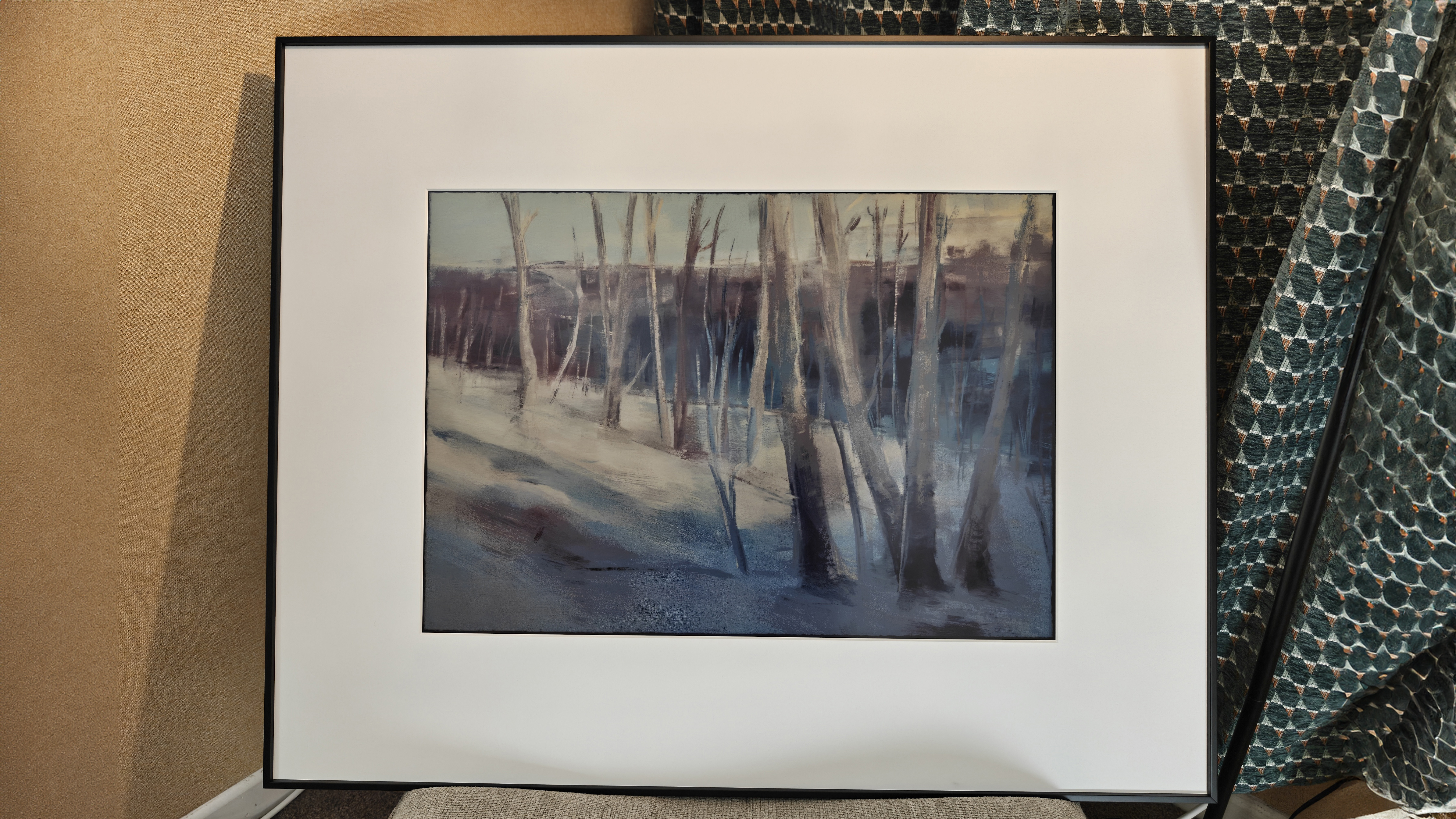Creating the art of Warhammer 40,000: Rogue Trader - "one picture is better than a thousand words"
Owlcat Games has become one of the best studios around when it comes to adapting beloved tabletop role-playing games to console and PC. The team has found a natural fit turning recognised series into immersive RPGs, and a part of this success is down to the beautiful concept art and art design.
With an keen eye for recreating Games Workshop's exquisite fantasy art and realising it as complex RPGs, the latest tabletop game to be brought to a wider audience by this team is Warhammer 40,000: Rogue Trader. Unusual in the genre, Rogue Trader doesn't enable players to coast through its Warhammer 40K worlds as a bog-standard warrior, but in the shiny shoes of the titular Rogue Trader, heir to the von Valancius dynasty, a high noble and someone with huge wealth in this game's Warhammer 40K universe.
A fake shot should generate the atmosphere we need. That's where it all started.
This was a starting point that meant the art team at Owlcat Games had its work cut out bringing such a unique take on the fantasy role-play genre to life. Art director Alexander Trufanov tells me the project began by creating a 'thesis' that "formed an art vision for the game," this was designed to show how the game should look. "We identified important points for ourselves and we tried to imagine what subsystems the game consists of and tried to visualise them, creating sketches and prototypes."
This thesis document led to the creation of a 'fake shot' designed to the ideals of the game, as a player would experience it. Alexander describes the illustration, revealing how it depicts a fantasy party fighting enemies in a gloomy destroyed building.
Alexander shares how this kind of illustration isn't just for style, but to bring to life the ambitions of the game, saying: "In fact, this picture already contains a lot of things - the number of party members, the number of enemies on the screen, the level of violence, what types of enemies we want, some game mechanics. And of course, first of all, a fake shot should generate the atmosphere we need. That's where it all started."
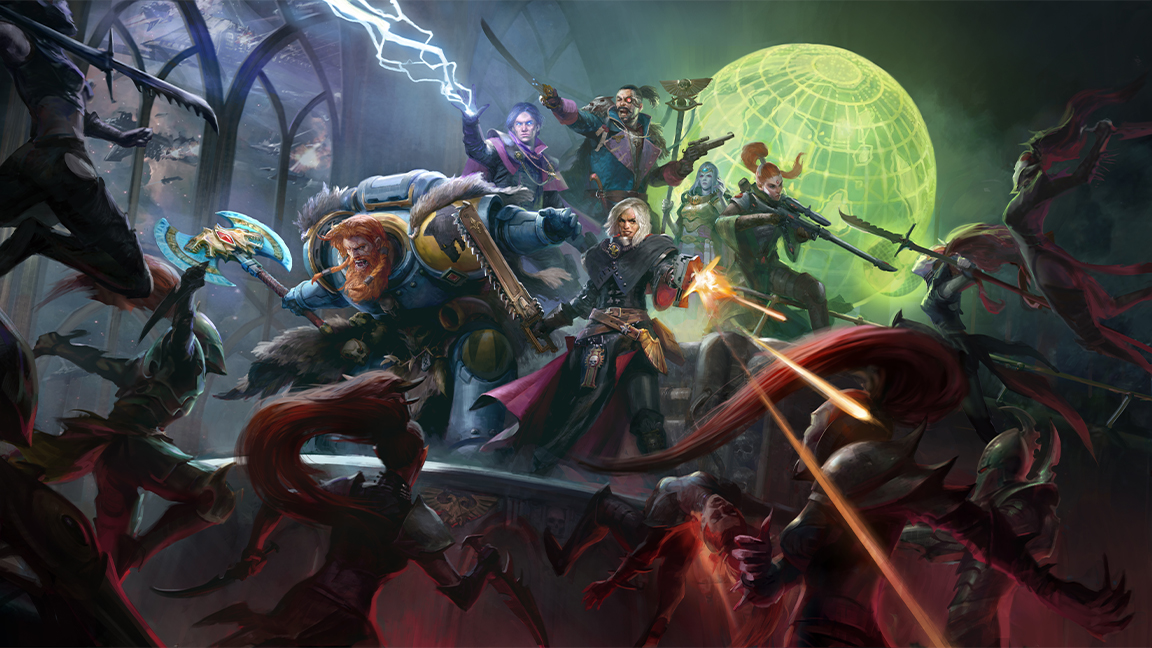
Alexander shares how "gameplay and setting are things that influence each other," revealing how many members of the Owlcat team are fans of the Warhammer universe. "So when we were forming the gameplay and mechanics of the game, we perfectly understood and imagined how they would fit in and influence the universe or the influence of the universe on them."
He adds: "We tried to find ways of synergy to enhance both the gameplay and the sense of atmosphere from the setting. So I would sum it up by saying that both the gameplay and the setting run in parallel."
Daily design news, reviews, how-tos and more, as picked by the editors.
On a game like Rogue Trader, and other Owlcat Games releases, the team works closely with the IP holders to ensure the details of the universe being recreated with accuracy. Owlcat made use of prepared guides and also met with Games Workshop to discuss particular aspects of the Warhammer 40K universe and art direction.
Alexander shares how this close working relationship means Owlcat is able to bring more originality to the design and look of the game. "The team is also extremely happy for the opportunity to submit our ideas and designs and discuss the feasibility of such things. Thus, many unique designs for both locations and characters were included in the game."
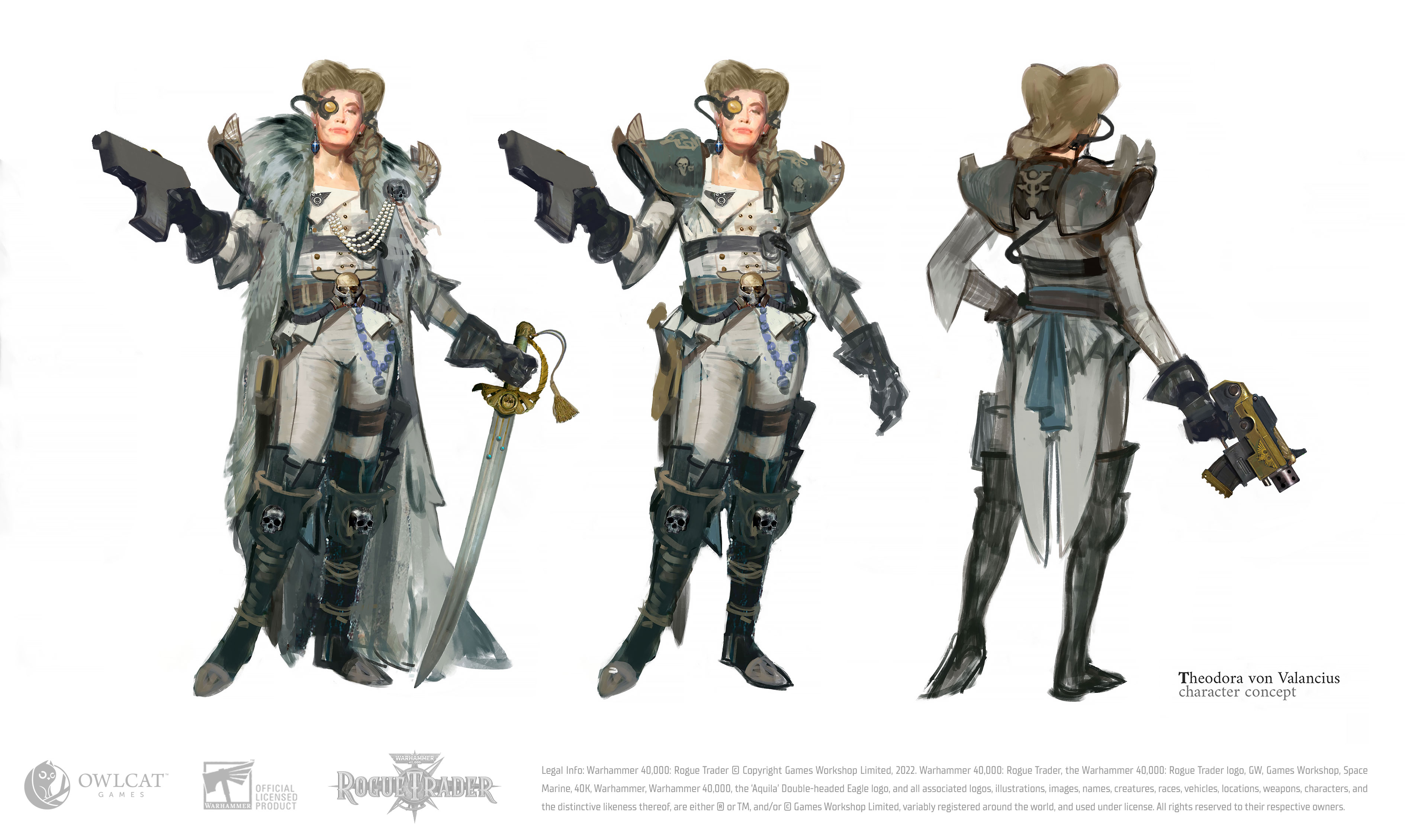
Owlcat is in a unique position as a developer that specialises in recreating other teams' worlds, art and IP. I ask Alexander if it's easier or more difficult to develop games based on existing IP (the studio also made games based on Paizo's Pathfinder series).
"[That's a] difficult question. On the one hand, if we talk about the visual part, there is a big plus, such IP has a huge database of official art, references, descriptions and model range. You have a huge database of references, illustrations and concept art that you can use in your work."
The art director adds: "On the other hand, there is a minus, you cannot place whatever you want into the game or what you think is cool without taking into account the IP rules and the approval of the IP holder. The universe has its own rules and limitations that you have to take into account when you make any decision."
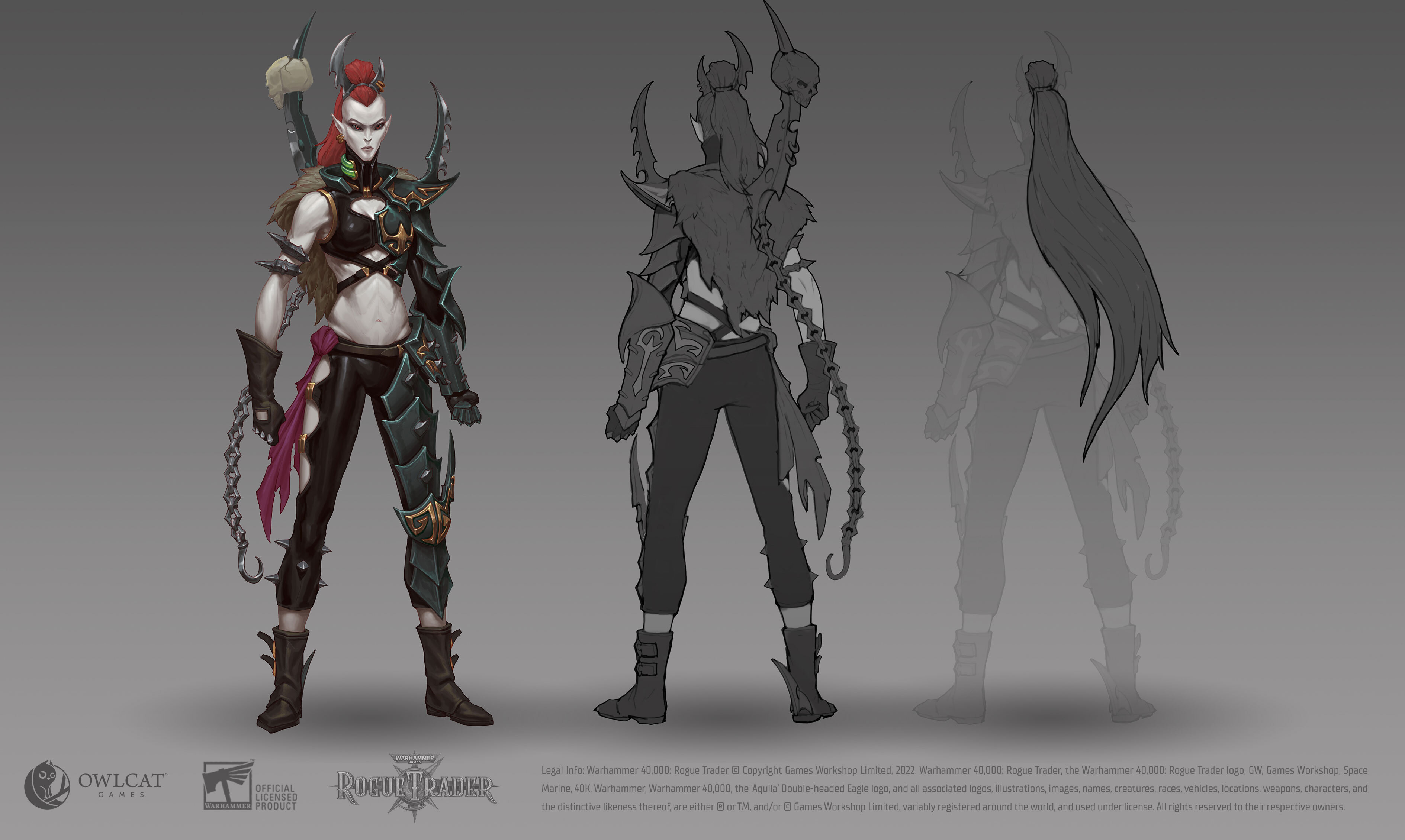
Alexander has some advice for working as a team and finding consistency, which calls back to his reveal of creating a 'thesis' to follow. "In team work, it is always a good option to support any decisions with guides or descriptions. This is necessary because it is a tool for communicating with people. Especially if it concerns compliance with the art style of the project."
He continues: "Guides solve the most important problem - they share your experience and expertise with other team members. If you come up with a good pipeline, it’s a great practice to pin it in the guide and let everyone on the team review it. Otherwise, you would have to hold a huge conference or meet ten times a day to convey to people what you came up with and how your processes now work.
And adds: "It is important to maintain a high level of information synchronisation within the team. This is the key to success."
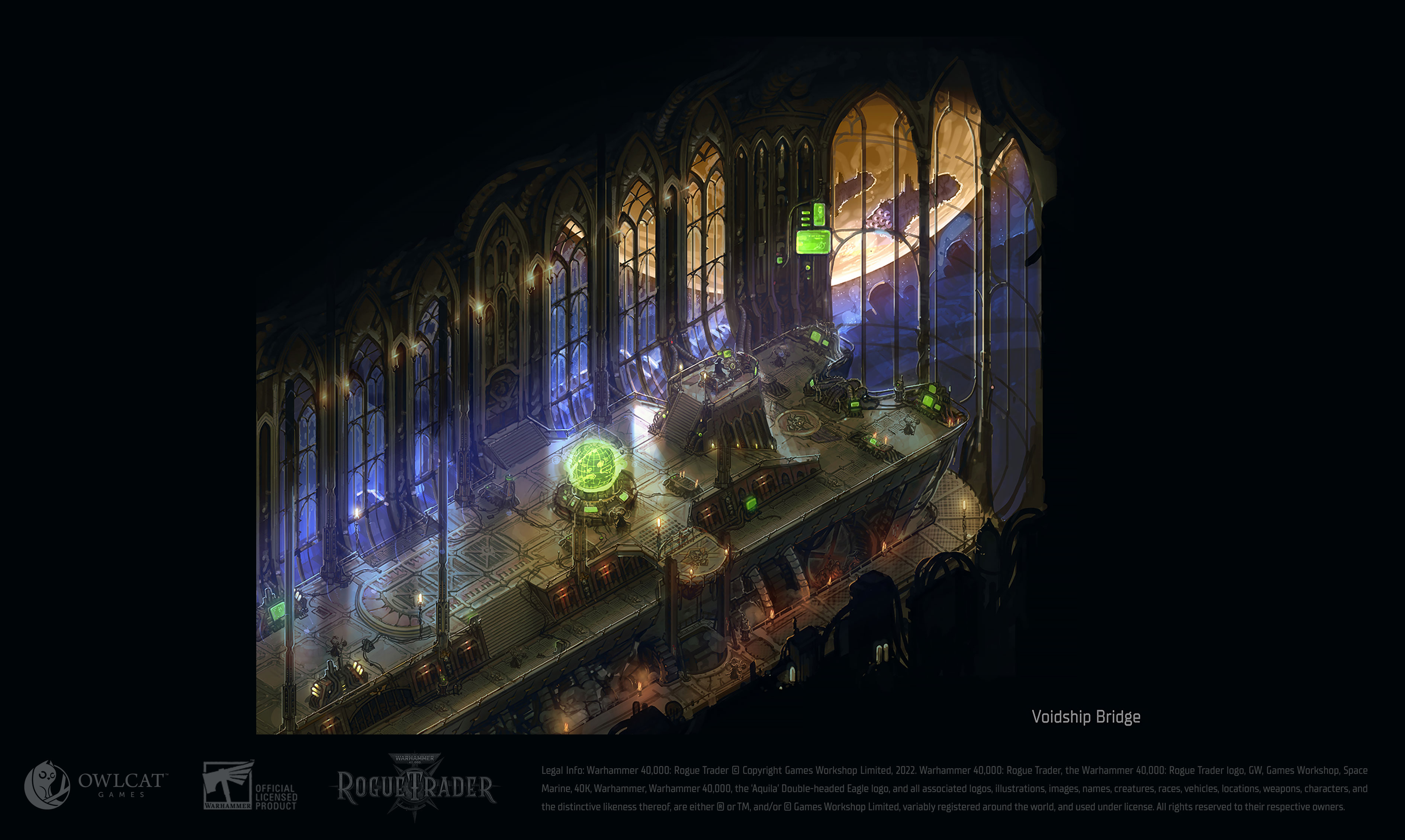
Even though the universe may be set, this doesn't mean the process of making a game has changed. The team still relies on great concept art to develop its version of an existing world, in this case Warhammer 40K.
The team uses the industry standard software for art creation, including Maya and Photoshop. So what makes good concept art? "First of all, good concept art should solve the assigned task. It is not very accurate to evaluate concept art in isolation from the task. Concept art is not the final product, it is something that other team members will work with next - character artists, environment artists and animators."
Alexander continues: "Therefore, if we talk about good concept art, it should solve its task well, create the right atmosphere if it is required, to be stylistic, and of course, to be informative. Being informative means that people who will work with it further will understand perfectly what is depicted and what needs to be done. There should be no understatements."
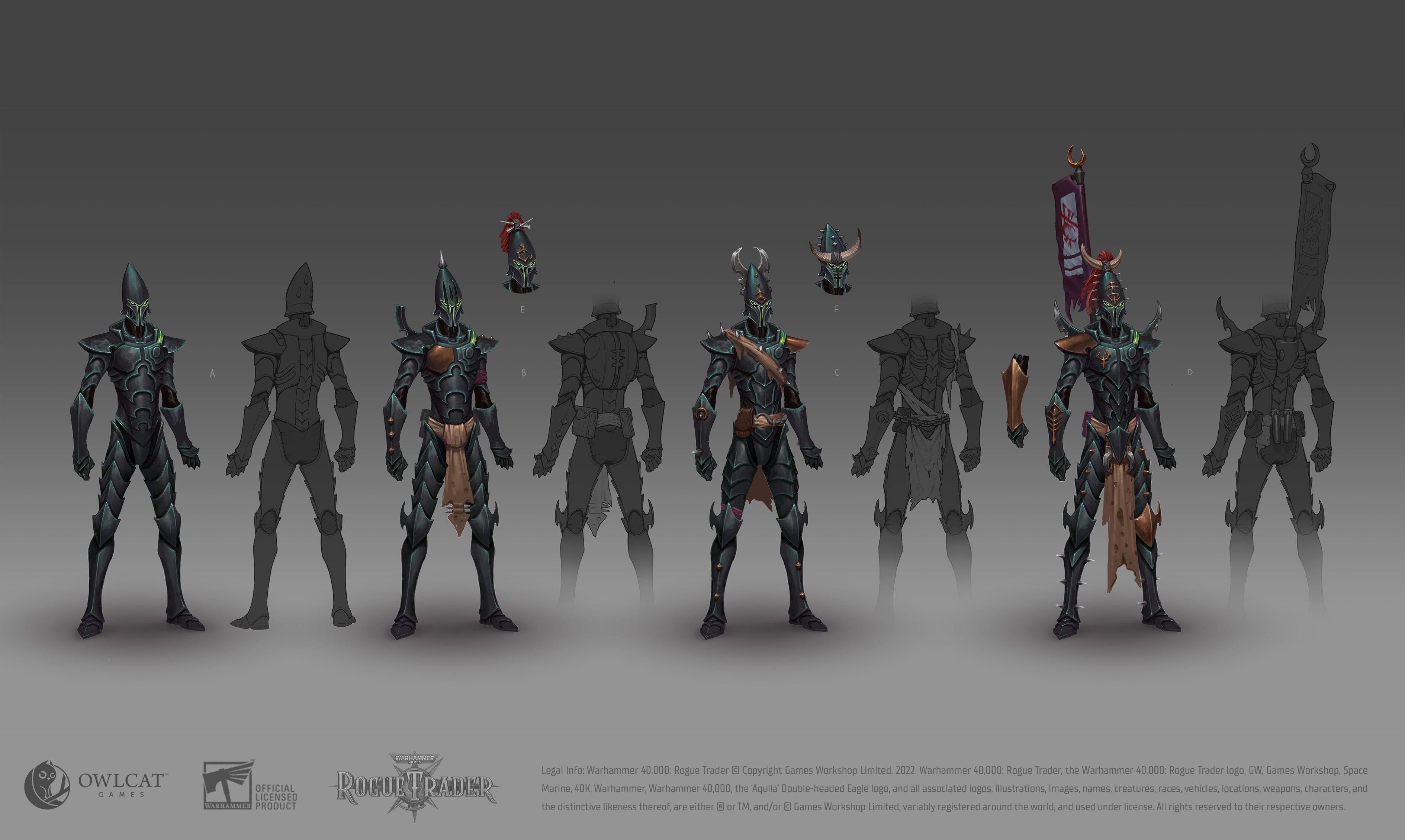
The role-playing games Owlcat creates rely on strong narrative direction and player involvement, and this can influence the art direction. Alexander explains how the team aims to create a synergy between the art and narrative design.
"This is what you have to do if you want to tell a good story supported by some kind of visual content," he tells me. "They should complement each other and help as some problems are difficult to solve only with art and a narrative in the form of text and vice versa. But they definitely have to work together for the overall atmosphere, otherwise the player will feel it."
The art director adds, "Sometimes one picture is better than a thousand words, but on the other hand, there are situations when a word will be much more expressive than several pictures."
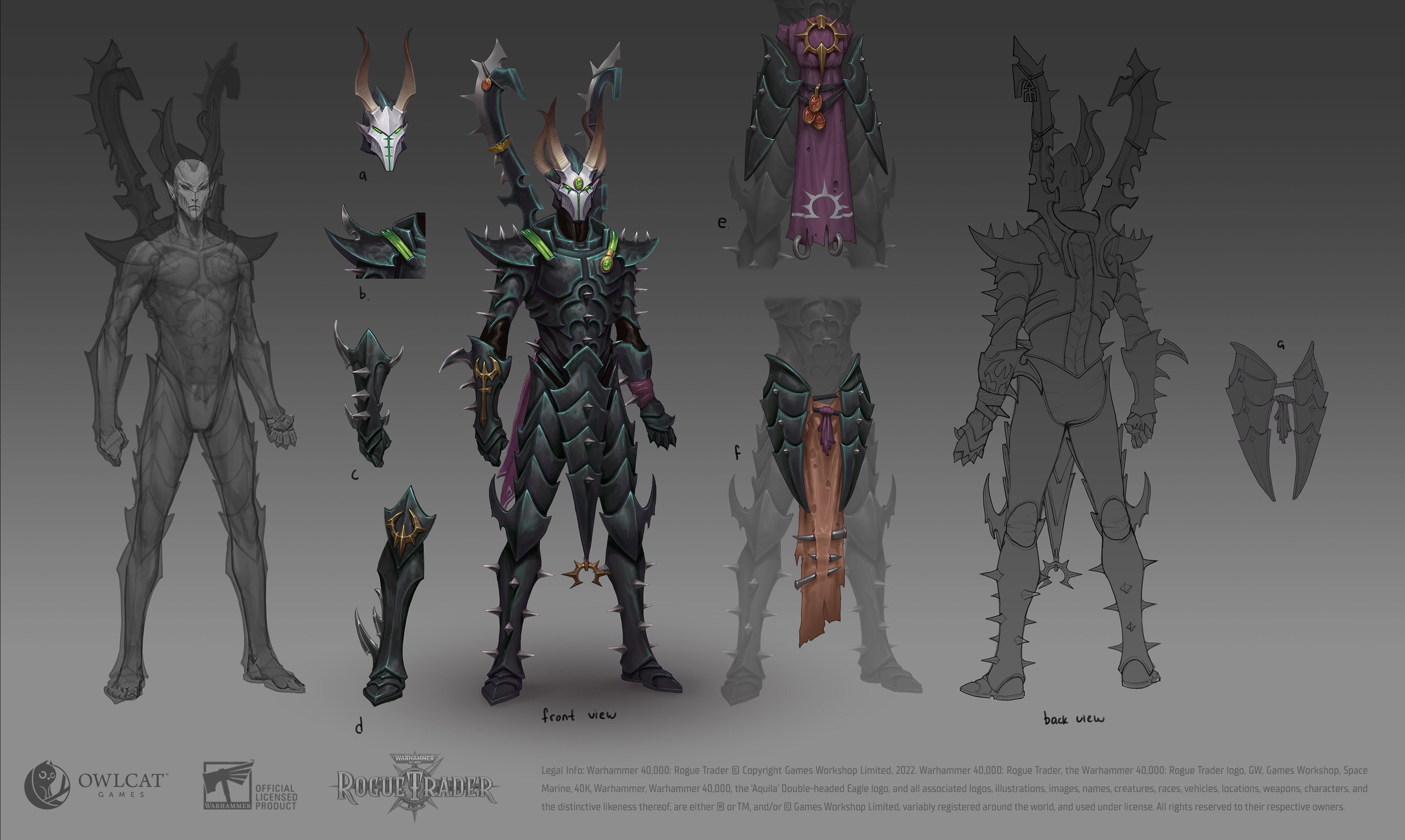
We can't end our discussion without talking about the layoffs and problems the games industry is beset with right now. This small studio is bucking the trend at the moment, the careers section of the Owlcat website is growing, especially when it comes to seeking new artists. So what's this studio doing right?
"First of all, we are focused on the result," says Alexander, explaining they aim to make "a high-quality game that we ourselves enjoy first and foremost and will not disappoint our fans."
He adds, "I can’t tell you how to do it right, I think the key word here is sincerity with yourself and with your fans. We hope the future of the studio will be bright with more great games."
If you're inspired by Alexander and Owlcat games, and want to be a games artist, then read our guide to the best drawing tablets, the best digital art software and you can find advice from pro artists in our Procreate tutorials. If you're a Games Workshop fan, then you may love our live art event Vertex 2024, which is sponsored by the tabletop game creator.


Ian Dean is Editor, Digital Arts & 3D at Creative Bloq, and the former editor of many leading magazines. These titles included ImagineFX, 3D World and video game titles Play and Official PlayStation Magazine. Ian launched Xbox magazine X360 and edited PlayStation World. For Creative Bloq, Ian combines his experiences to bring the latest news on digital art, VFX and video games and tech, and in his spare time he doodles in Procreate, ArtRage, and Rebelle while finding time to play Xbox and PS5.
